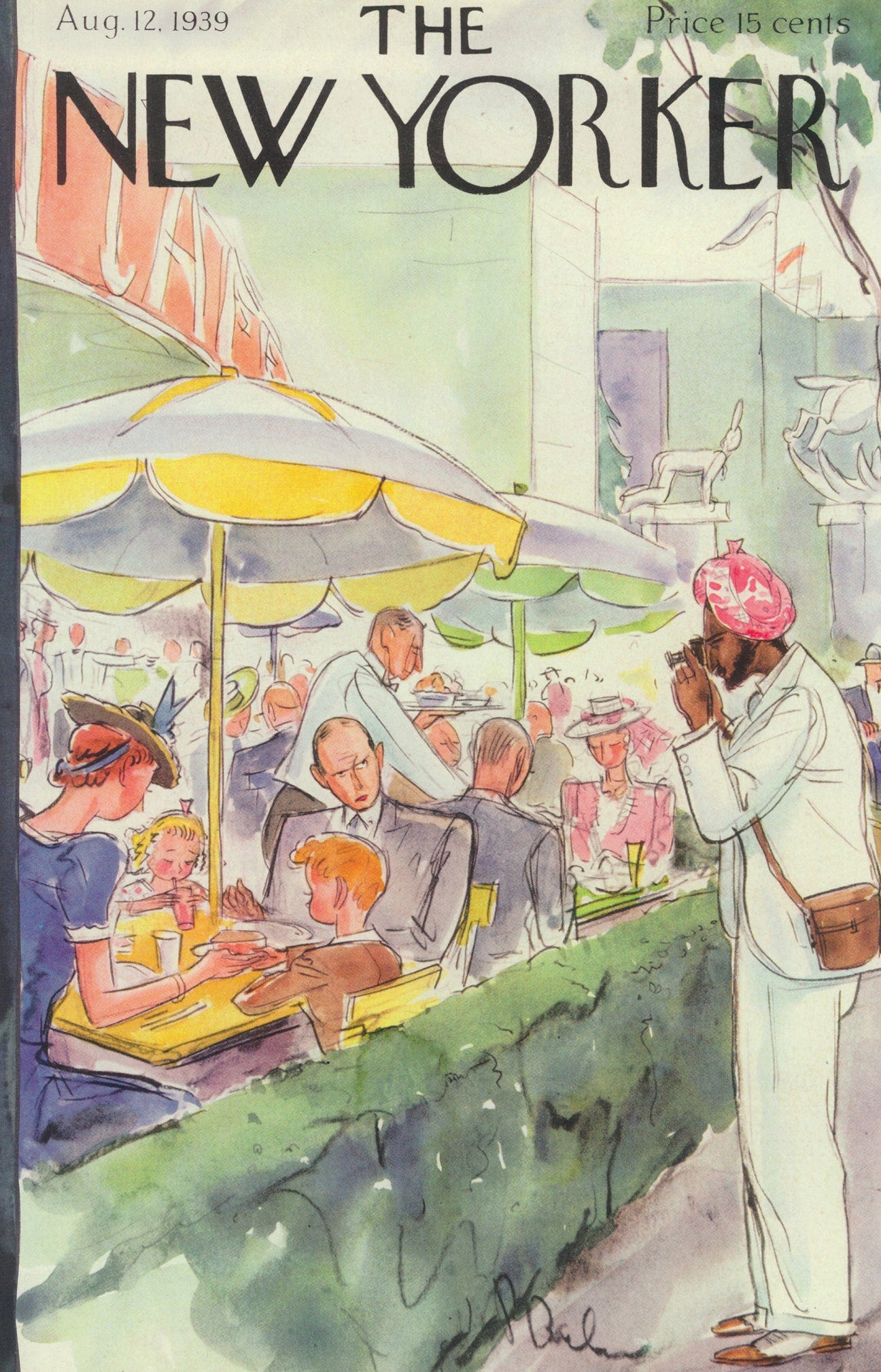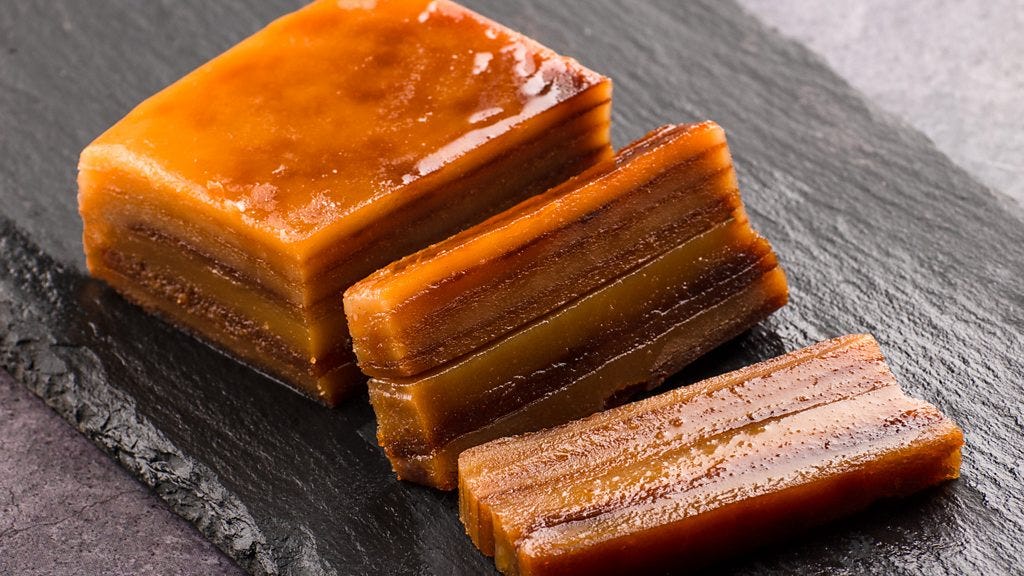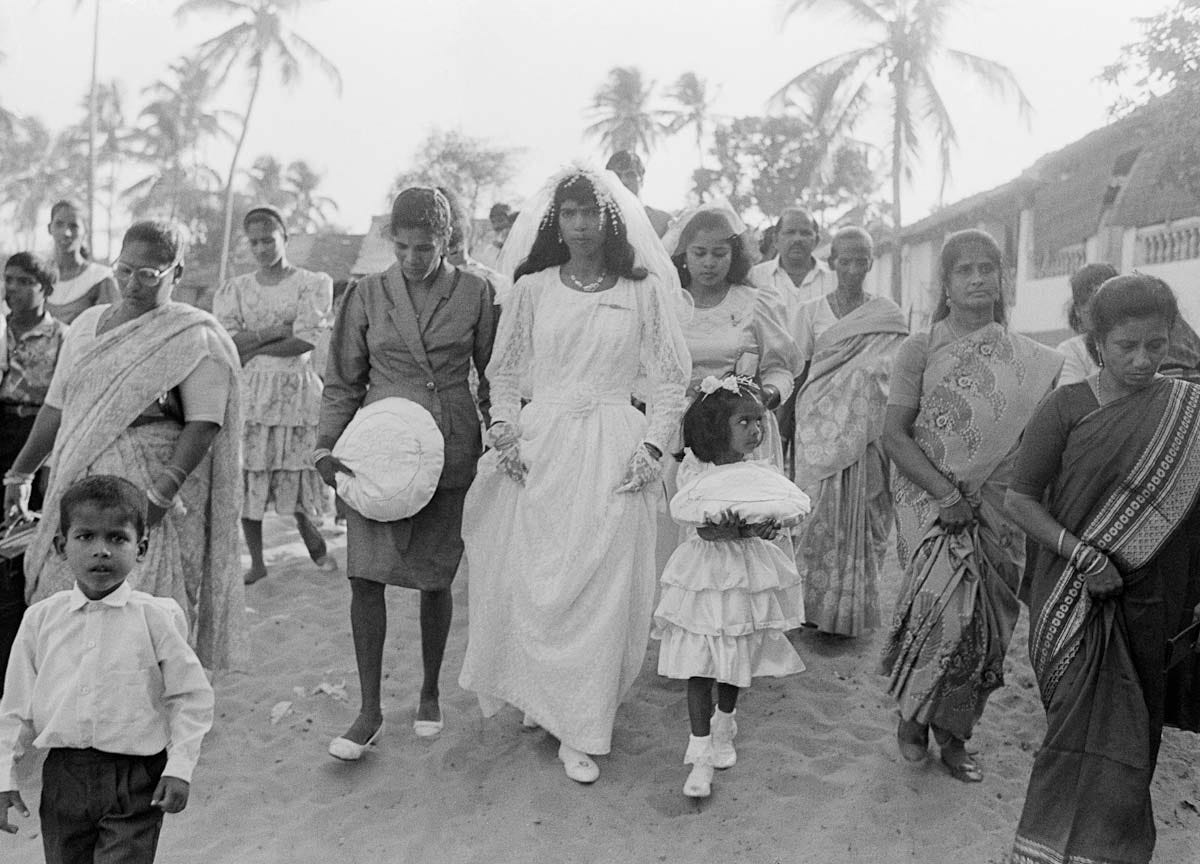Welcome to the Brown History Newsletter. If you’re enjoying this labor of love, please do consider becoming a paid subscriber. Your contribution would help pay the writers and illustrators and support this weekly publication. If you like to submit a writing piece, please send me a pitch by email at brownhistory1947@gmail.com.
Don’t forget to check out our SHOP and our Podcast.

Bebinca : The Queen of Goan Desserts
The western coast of India has proved to be a fulcrum for a wide variety of flavors and has captivated the eyes of various parts of the country as well as tourists from around the world. Goan cuisine, in particular, has a charismatic effect on food historians across the globe. It is interesting to observe that the Goan cuisine has been infused with various other cultures that it came in contact with over hundreds of years. Goan cuisine is the result of a merger of cultures such as the Portuguese, Arab, Brazilian, African, French, Konkani, Malabari, Malaysian, and Chinese, which makes up the entirety of what Goa is today. The Konkani and Malabari farmers consume fish and rice on a substantial scale. This intake is further enumerated by the Christian community of Goa which patronizes a wide variety of meats and seafood. This very intermixing of multiple cuisines and lifestyles has portrayed Goa within a distinctive amalgamation of richness and subtlety. The most significant cultural influence is that of the Portuguese who arrived in Goa by the beginning of the sixteenth century. This is apparent from the fact that the Portuguese General Albuquerque captured the Goan land from the Sultan of Bijapur in 1510 AD. The arrival of the Portuguese reverberated major changes in the culinary palette of the region and novel items of the western world such as potatoes, chillies, tomatoes, bread, vinegar and a diverse range of meats were added.
Goan cuisine reflects its rich colonial past. Modern day Goan dishes like the Vindaloo or Xacuti have been rooted in traditional Portuguese heritage and ways of cooking. A classic observation of hefty Portuguese influence in the Goan food mosaic is that it includes vinegar, which is quite uncommon in other Indian cuisines and traditional Indian way of cooking. Before the arrival of the Portuguese, the Goan diet largely included rotis and chapatis. This diet was substituted with the arrival of the Portuguese bread known as Pao. Since then, breads have become an integral part of the Goan diet. Apart from the Portuguese community, Goan Hindu and Christian communities have played a noteworthy role in the magnification and germination of modern day Goan cuisine. The dishes among the Goan Hindu community use a lot of kokum and tamarind to induce sourish and tangy flavours to their dishes. On the contrary, the Goan Christian community uses varieties of vinegar (adapted from the Portuguese) in their dishes. Overtime, both these communities were also influenced by Konkani, British, Saraswat and South Indian cuisines.
Whilst Goan food is dominated by fish and meat curries like the famous Vindaloo, Cafreal, Caldin, Sorpotel, Xacuti, and Balchao, there exists a separate leeway for a wide range of desserts. The Goan dessert kingdom is known for its wide range of sweets like Neoreo (sweet fried dumplings), Godshe ( which mean sweet in Goan Konkani and resembles sweet rice or lentils), and the patoleo (steamed dumplings with coconut and jaggery stuffings). Besides these enticing delicacies Goans have profound love for Bebinca which unintentionally grabs the limelight of tourists and Goans themselves.







